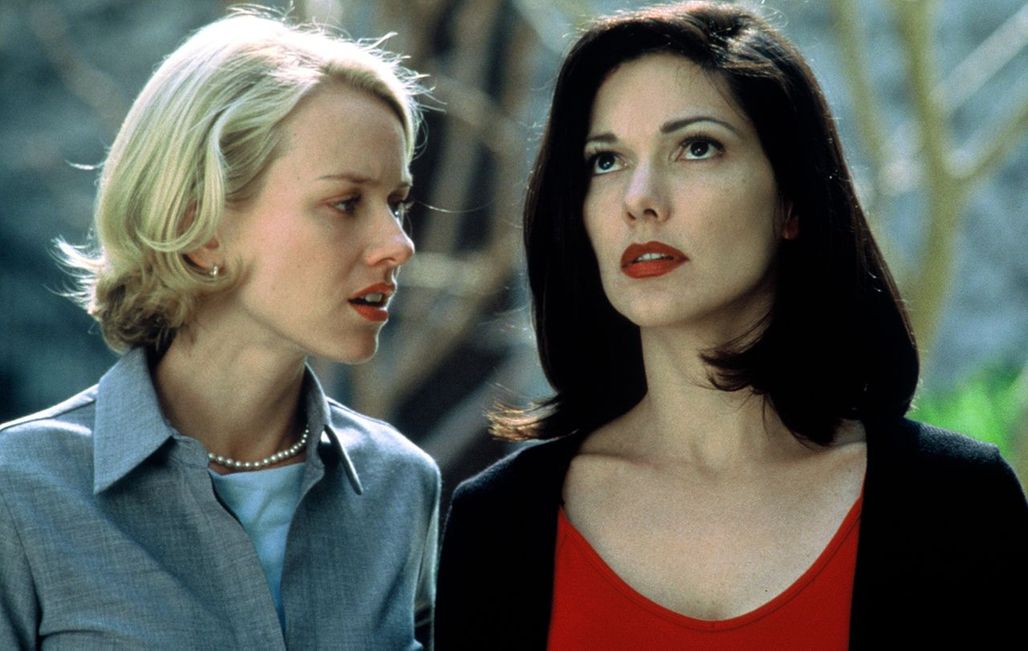
Restoring Mulholland Drive: a glimpse behind the scenes of a stunning makeover

Twenty years after it was first released and won the 2001 Best Director Award, a beautifully restored version of David Lynch's cult classic is back in Cannes. Jean-Pierre Boiget, Director of Operations at Studiocanal – who brought the project to life – talks us through the process and its challenges at the film's screening at Cannes Classics.
How did the idea for this restoration come about?
Mulholland Drive was scanned in 4K resolution in 2015, but this digital format couldn't be taken any further as Blu-ray didn't support it at the time. Ultimately, the film was finished in 2K by Criterion. In February, we decided we needed to try and restore the film in 4K to mark its 20th anniversary, and we set Cannes as our goal. You generally need two years for a project on this scale, but everyone rolled up their sleeves, including David Lynch, who agreed to join us in the lab. We put the finishing touches to the process in June.
How did you kick-start the process?
We took a look at what could be salvaged from the 2015 restoration, which was finalised in 2016. Criterion had a film calibration that had been approved by David Lynch, which was a nice surprise. When restoration work began in 2015, the filmmaker wanted to calibrate his film in cinema mode. Throughout the process, he kept telling us: "I make films for the big screen". He had approved the big-screen version, and so all the calibration configurations that had been decided upon had been saved. That made life so much easier! It meant we could start with the existing scan to finalise the 4K restoration, but it was a little tricky as scanner technology has since evolved.
So you re-scanned the film using the latest technology?
We couldn't do things by halves, not with a film like Mulholland Drive! We went back to the original negatives and scanned them in 4K using the very latest technology. This step lent the restoring process greater depth and texture, and brought more of the film's details to light. We reapplied the existing cinema calibration to the new scan, which needed to be kept because David Lynch had spent so much time on it. We wanted to stay true to his vision. 95% of the work had already been done by Lynch back in 2015. But the technical facelift given to this restoration was significant.
What state was the reel in?
The film negative was very clearly imprinted with a lot on it. It had aged well, it had been carefully stored away. We were able to digitally scan and recompose it without losing any definition. The only fly in the ointment was the opening sequence, but it had been filmed on video by Lynch. Then, when you get to the film's first shots, the image definition and contrast is incredible. With a 2001 film like Mulholland Drive, we could have had quite a few sequences with a digital intermediary, but that wasn't the case here. The film that was inside the camera was used.
How did David Lynch contribute to this project?
First, he checked the HDR calibration for Blu-ray with his main calibrator at the Photokem labs in Los Angeles, where the restoration work took place. Thanks to his work, viewers are treated to all the finesse and detail of the film copy on Blu-ray. And when David Lynch found out that the film had been selected for Cannes, he wanted to make a few tweaks to the cinema version. He was very responsive, which just goes to show how much he loves the film he made.


